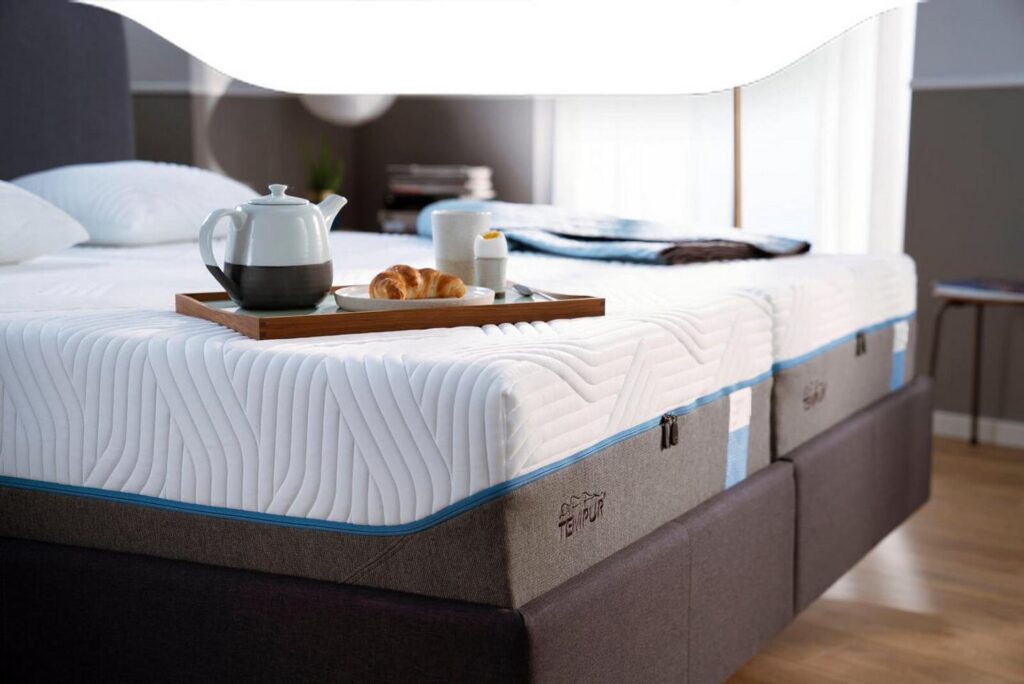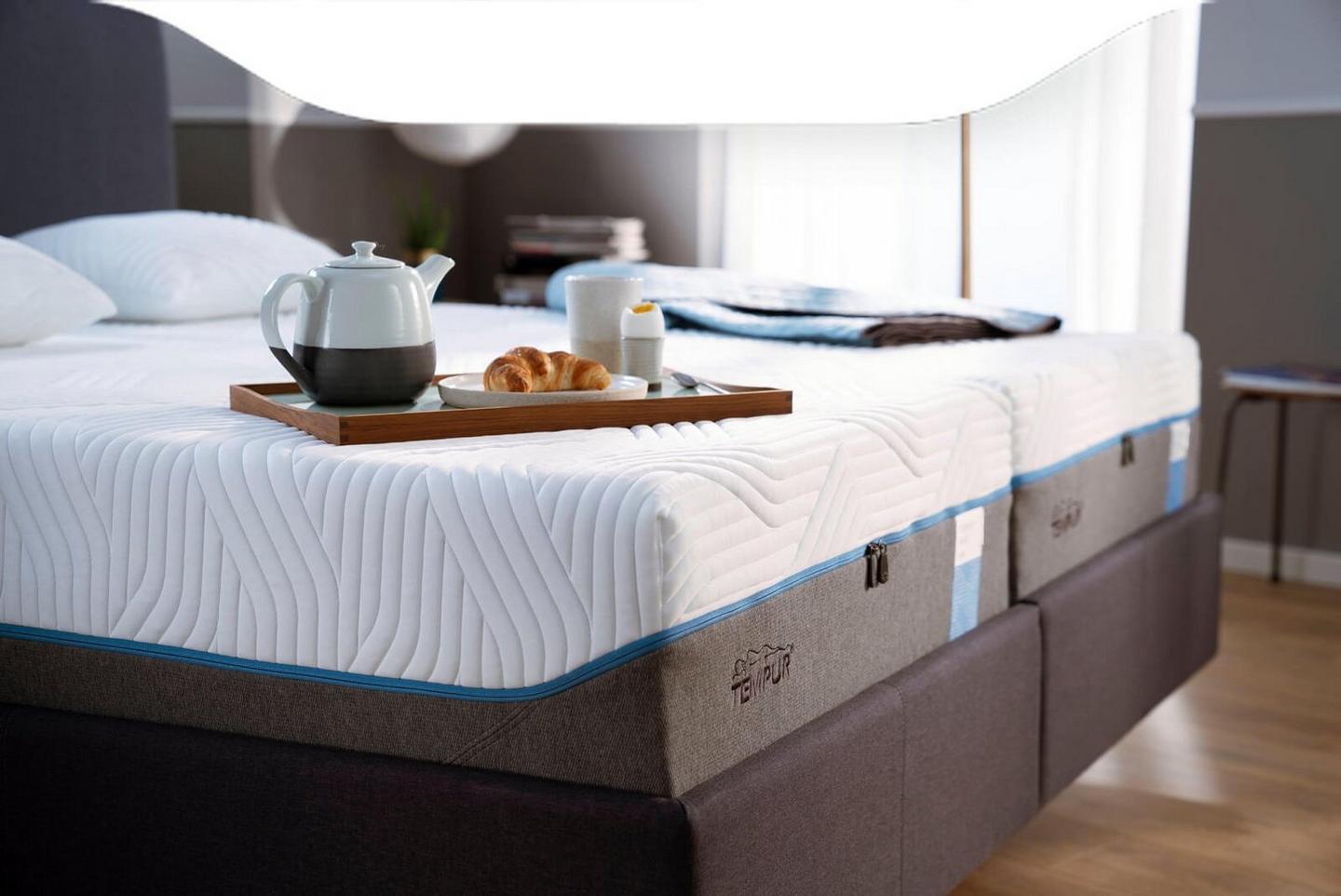Furniture is an essential aspect of the human experience throughout the ages, changing with technological, cultural, as well as social developments. From the very first wood benches and tables up to the modern sleek, multi-functional design, furniture serves not only to serve as useful items but also reflect of our values and lifestyles. Every item of furniture has a story to tell and contributes to the overall ambience of an area while offering the user with comfort and functionality. When our lifestyles and requirements change, so will the furniture we select, which makes furniture a constantly changing aspect of design and interior architecture.
The development of furniture is an interesting experience that shows the growth of the civilizations. In the past, ancient civilizations, like the Egyptians as well as the Greeks made furniture which was practical and decorative, typically made of stone, wood as well as metal. The early civilizations, furniture was typically a mark of class, with extravagant styles reserved for the rich. As time moved into the Middle Ages, the focus on functionality and longevity shifted as furniture was designed to stand up to the stress of everyday usage. The Renaissance saw a revival in artistic and skilled craftsmanship that resulted in elaborately constructed furniture that was stunning and practical. While a variety of designs and materials are readily available however the basic notions of convenience and comfort remain at the heart of furniture design.
Today, furniture design is heavily affected by technological advancement and. The advent of industrialization in the late 19th century represented an important turning point in the process, since the mass production process brought furniture easier to access for people who are not wealthy. This led to the development of famous furniture pieces that combine functionality with aesthetics, like the Eames chaise lounge and Barcelona chair. Thanks to the development of new material like plastic, plywood and even steel, design professionals are capable of experimenting with design and function. The result is furniture pieces that are not just attractive but also useful. Being able to design light, modular furniture has revolutionized the way we live, and has allowed for increased flexibility when it comes to how we design and use our houses.
Sustainability has become the primary consideration for modern furniture design. With the awareness about environmental concerns increases, more and more consumers are looking for furniture constructed from environmentally-friendly materials, and manufactured using sustainable methods. This trend has resulted in an increase in popularity of bamboo, reclaimed wood and various other resources that are renewable used in furniture production. Designers are now focused on designing furniture pieces that do not just fulfill the needs of the consumer but also reduce impacts on the environment. Through embracing sustainability this furniture sector is evolving to the changing tastes of consumers and thereby contributing to a better world.

Apart from the practical uses, foam mattress malaysia plays a significant part in shaping our psychological wellbeing. Our surroundings influences our mood as well as productivity. A well-designed office that is equipped with comfortable furniture helps to improve focus and decrease fatigue. On the other hand, an inviting living space that has comfortable seating encourages the relaxation of a space and encourages social interaction. The selection of color or materials and arrangement can affect how we feel inside an area. In particular, soft materials as well as warm shades can provide feelings of peace and calm, whereas striking contemporary designs and vibrant colors can bring out creativity and enthusiasm. Knowing the effect that furniture has on our mood furniture on our psychological state can help us create spaces which promote well-being and efficiency.
The popularity of online shopping has revolutionized how we buy furniture which makes it much easier than ever before to search for and purchase furniture that fits our needs and tastes. Just a few mouse clicks, customers can search through an array of options as well as review reviews and comparison prices in the privacy at home. It has also resulted in the rise of direct-to-consumer companies that provide distinctive designs and competitive prices. But the problem remains in making sure that consumers make educated choices in regards to the quality of their products and workmanship. Since we are increasingly dependent on websites, it’s crucial to prioritize local artisans as well as sustainable brands that focus on the highest quality of production and ethical practices.
To conclude, furniture is not just practical items that we use in our homes. it reflects our past as well as our culture and beliefs. From ancient times to modern design, furniture continues to evolve in response to the ever-changing requirements and demands of our society. With an increasing focus on health and sustainability as well as the environment, the furniture industry is changing to satisfy the requirements of a greater conscious customer base. While we traverse the challenges of living in the modern world, understanding the importance of furniture to our daily lives will assist us in creating areas that aren’t just attractive but also practical and compatible with the overall health of our lives. While technology and design continue to evolve, the next generation of furniture will be fascinating and revolutionary.

